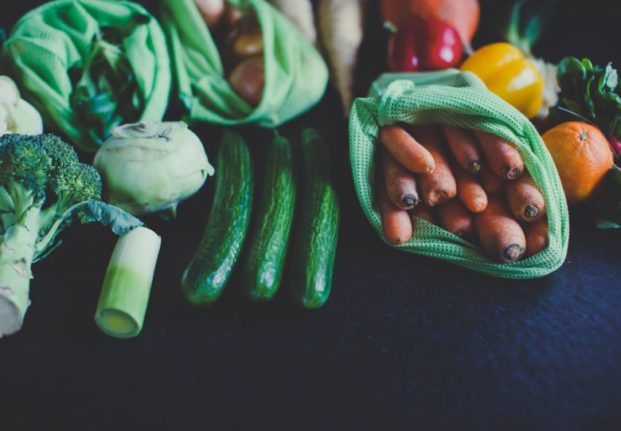That is an increase of 30 percentage points compared to when Nationen did a similar survey in 2019. Only 20 percent of Norwegian respondents said that the prices are about right.
Since January 2022, there has been a sharp increase in food prices across Europe, mainly as a result of the war in Ukraine, news bureau NTB reports.
Spike in cross-border trade
Norwegian Ole Jørgen Lind, store manager at Maximat Nordby, believes cross-border trade is now more extensive than before the coronavirus pandemic.
“We noticed a big change of pace in July after the grocery chains raised their prices,” he told the newspaper.
He believes the price difference between Norway and Sweden is still a thing.
“We expect it to be 45 percent. Simply put, you’ll pay half the price in Sweden,” Lind explained.



 Please whitelist us to continue reading.
Please whitelist us to continue reading.
Member comments